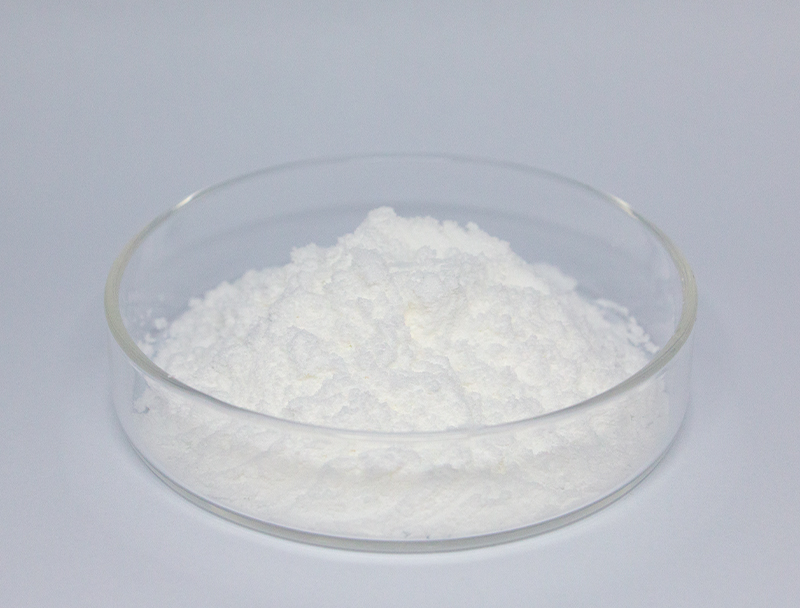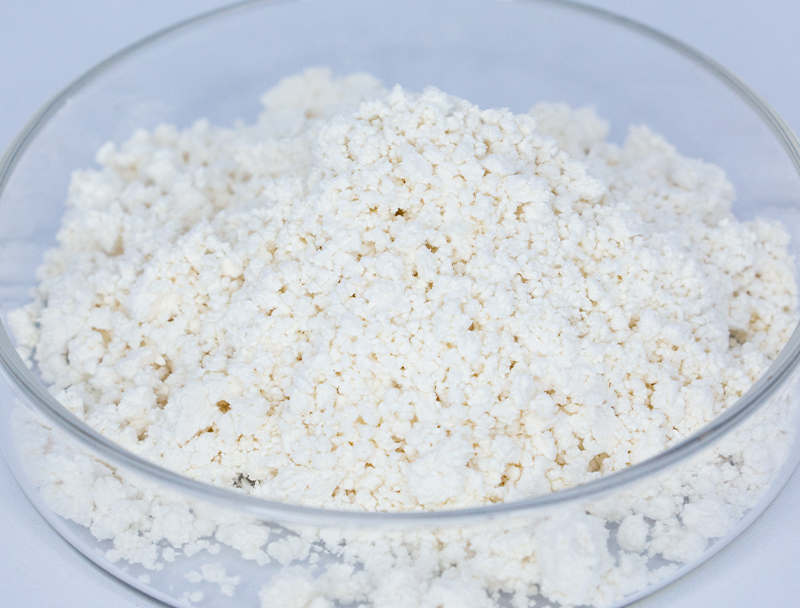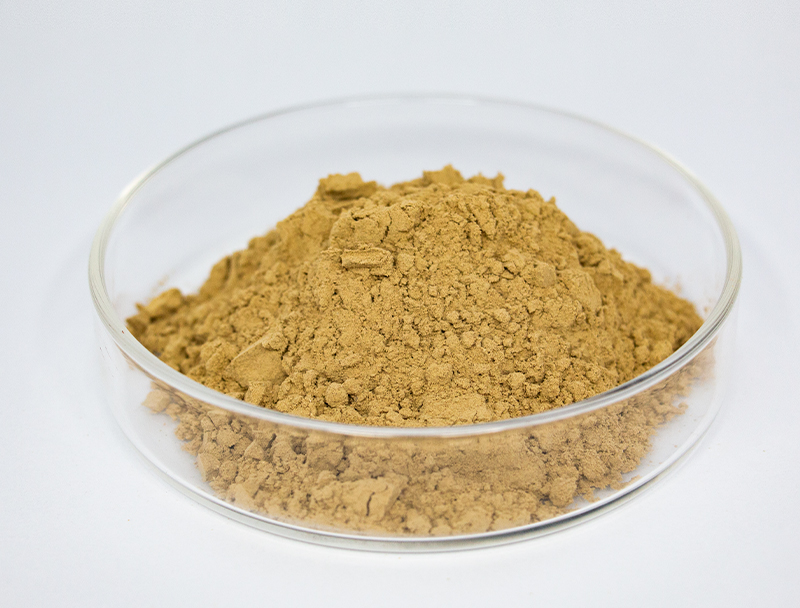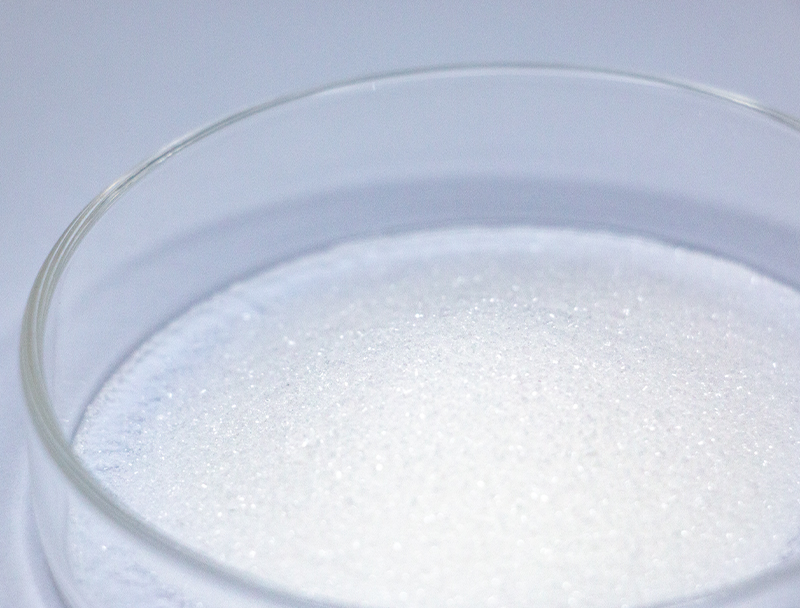
Biomanufacturing relies heavily on a wide assortment of substrates to produce innovative bio-based products.
Securing sustainably sourced materials remains essential to industry resilience and responsible expansion.
many concerns related to standard raw input procurement for example habitat harm and overextraction of resources. Therefore, biomanufacturing companies must actively seek out alternative sourcing strategies to minimize their ecological footprint.
- Situations demonstrating ethical sourcing encompass:
- Employing waste-stream inputs from industry leftovers
- Adopting looped production models to decrease loss and amplify reuse
- Forging alliances with neighborhood suppliers supporting green sourcing
Transitioning to green supply models secures ecological benefits and economic upside.
Upgrading Feedstock Traits for Better Biofuel Performance
Increasing biofuel conversion efficiency is tied to feedstock composition and condition. Analysts tirelessly probe advances to elevate feedstock conversion, resulting in superior production volumes and sustainable energy gains. Tactics include molecular breeding to increase biomass and chemical or physical pretreatments to release sugars.
- Similarly, research probes algae, byproduct streams, and harvest remnants as potential sustainable sources to augment biofuel feedstocks.
- With persistent development the field will likely demonstrate notable gains that foster a more sustainable energy system.

Advances in Biopharmaceutical Manufacturing: Focus on Upstream Operations
covers the early phases of biopharma production including culturing and biological harvesting Ongoing innovations have accelerated process enhancement leading to greater yields.
Crucial progress includes proprietary cell systems, optimized growth media, and adaptive bioreactor architectures. Such breakthroughs boost efficiency and simultaneously reduce manufacturing costs and carbon burdens.
- Similarly, continuous process trends grant superior flexibility and refined control across production stages.
- This move toward intelligent production systems is expected to reshape the industry and hasten drug development.

Next-Gen Gene Editing for Enhanced Protein Expression
refinements in gene-targeting technologies have advanced protein production workflows. Using precise gene interventions, engineers raise the output of key therapeutic proteins. These methods could enable production of accessible and efficient medicines tackling diverse health challenges.
Microbial Approaches to Effective Bioremediation
progressive microbe-based cleanup tactics that mitigate industrial pollution. Certain microbes have capacities to biotransform contaminants into nonharmful forms.. Applying microbial remediation systems creates low-impact cleanup options that address contamination efficiently.. Investigators study multiple microbial strains for abilities to transform metals, degrade agrochemicals, and process petroleum wastes.. Organisms may be utilized in controlled reactors or in place to accelerate contaminant decomposition through biodegradation..
Microbial remediation approaches present key benefits relative to classic remediation methods. It is a cost-effective and environmentally friendly approach that minimizes the generation of harmful byproducts. Likewise, microbial systems can selectively degrade contaminants while sparing the wider environment. The domain advances quickly, concentrating on raising reliability and performance of microbial cleanup methods.
Bioinformatics Tools Transforming Drug R&D
Computational tools have grown indispensable in the current drug discovery landscape. From target discovery through candidate optimization, bioinformatics facilitates streamlined, hypothesis-guided workflows.
- By interrogating large-scale omics and clinical information, scientists find new targets and predict candidate efficacy.
- Likewise, computational docking and dynamics help design molecules with improved target engagement and potency.
- To conclude, computational approaches are revolutionizing discovery and reducing time-to-patient for effective drugs.
Cell Factory Optimization for Higher Bioproduct Output
adopts varied approaches to raise biosynthetic yields of beneficial compounds. Approaches may include genome edits to rewire pathways, transcriptional control to tune expression, and heterologous gene insertion to add functions.. Through strategic metabolic edits practitioners can markedly increase the synthesis of target products.
This comprehensive strategy could transform numerous sectors such as pharmaceuticals, farming, and renewable energy.

Industrializing Biopharmaceuticals: Risks and Rewards
Commercializing biopharma production involves significant constraints and promising benefits. Retaining quality standards during scale enlargement is a core difficulty. Managing it necessitates robust automation, high-fidelity monitoring, and powerful analytical capabilities.

One issue is the complexity of biopharmaceutical manufacturing processes, which often involve multiple steps.. Reengineering workflows for mass production involves rigorous R&D and inventive technology deployment.. Still, the gains can be meaningful. Skilled scaling can enlarge supply, lower prices, and increase profit potential.
A range of strategies is being implemented to address scaling problems. These include the development of new technologies for process optimization, advanced analytics for real-time monitoring and control, and innovative manufacturing strategies.
- Research and development activities are central to evolving manufacturing capacity.
- Regulatory frameworks are being optimized to accommodate novel production technologies and promote innovation.
Charting Regulatory Pathways for Biologics to Safeguard Patients
The development of NMN biopharmaceuticals is a complex process that requires stringent regulatory oversight to ensure both patient safety and product efficacy. Living-source therapeutics present distinct obstacles in regulation and production relative to classical drugs.
Regulatory authorities including FDA and EMA are central to creating criteria and processes for approving innovative biologics..
Robust assay and safety testing are obligatory from discovery through post-marketing surveillance.. The processes aim to expose risks and ensure that treatments meet exacting safety benchmarks.
Furthermore, regulatory bodies are constantly evolving their approaches to keep pace with the rapid advancements in biopharmaceutical research.. Measures involve adopting innovative technologies and enabling development acceleration without compromising patient welfare.

Plant-Based Biomass Options for Bioplastic Manufacturing
The trend toward sustainability stimulates development of renewable material technologies. Plant-origin feedstocks converted into bioplastics create promising opportunities for eco-friendly materials. Materials such as starch from corn, cellulose pulp, and sugarcane biomass are convertible into biodegradable polymers that lower plastic waste concerns.
Likewise, some plant-derived plastics perform similarly to petroleum-based materials for a variety of uses.. Continuous R&D will drive plant biomass into scalable bioplastic manufacture and help establish closed-loop material systems.
Biotech Contributions to Global Health and Crop Productivity
Biotechnology offers potent solutions for advancing public health and enhancing food security. Applying targeted genetic edits, synthetic biology frameworks, and cellular therapeutics, practitioners produce measures to address infectious disease, boost harvests, and upgrade nutritional content.. One example is bioengineered crops that withstand pests and stressors, enabling higher yields with less pesticide input.. Also, biotechnological innovation fuels development of immunizations, antimicrobial treatments, and diagnostic platforms vital for disease control and population health.. With persistent development, biotech stands to offer transformative solutions for global health and long-term food security.
